Automation Play in an ATS

Automation plays a crucial role in an Applicant Tracking System (ATS) by streamlining and optimizing various aspects of the recruitment process. Here are some key areas where automation is employed within an ATS:
Job Posting: ATS automates the process of creating and posting job openings on various platforms and job boards. Recruiters can create job templates, set posting schedules, and distribute job postings to multiple channels simultaneously, saving time and effort.
Resume Parsing: ATS automatically parses resumes and extracts relevant information, such as work experience, education, skills, and contact details, into structured data fields within the system. This eliminates the need for manual data entry and speeds up the candidate screening process.
Candidate Screening: ATS uses automation to screen and filter candidates based on predefined criteria, such as qualifications, experience, and keywords. Recruiters can set up screening rules, automate resume scoring, and prioritize candidates for further review, improving efficiency and accuracy.
Interview Scheduling: ATS streamlines interview scheduling by syncing with recruiters' and hiring managers' calendars and sending automated interview invitations and reminders to candidates. Recruiters can propose interview times, confirm availability, and coordinate logistics seamlessly within the ATS interface.
Communication Management: ATS automates communication with candidates throughout the recruitment process, including application acknowledgment, status updates, interview invitations, and rejection notifications. Recruiters can set up email templates, triggers, and automated workflows to deliver timely and personalized communication to candidates.
Workflow Automation: ATS automates workflow tasks and processes, such as candidate status updates, application routing, and task assignments. Recruiters can define workflow rules, triggers, and automated actions to guide candidates through the recruitment pipeline and ensure a consistent and efficient process.
Reporting and Analytics: ATS uses automation to generate reports, dashboards, and analytics on recruitment metrics and performance indicators. Recruiters can schedule automated report generation, set up alerts for key metrics, and receive insights into recruitment trends and patterns, enabling data-driven decision-making.
By leveraging automation within an ATS, organizations can streamline their recruitment processes, reduce manual effort, improve efficiency, and enhance the overall candidate experience. Automation enables recruiters to focus their time and resources on strategic activities, such as engaging with candidates, assessing qualifications, and making informed hiring decisions, ultimately leading to better recruitment outcomes.
Thank you,